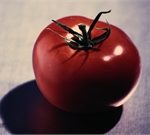
How you store your tomatoes doesn’t affect the flavor — what really matters is the type of tomato you choose, researchers say. A team from the University of Göttingen in Germany investigated the differences in flavor of ripe, picked tomatoes when stored in the refrigerator (44.6 degrees Fahrenheit) and at room temperature (68 degrees F). A panel of experienced taste-testers who judged the sweetness, acidity and juiciness of the tomatoes found no significant differences between those kept in the fridge and those stored at room temperature. The variety of tomato played a far bigger part in flavor than storage methods, according to the researchers. The study focused on two varieties of black cherry tomatoes. “It is the variety of tomato in particular that has an important influence on the flavor. Therefore, the development of new varieties with an appealing flavor can be a step towards improving the flavor quality of tomatoes,” lead author Larissa Kanski said in a university news release. She is a doctoral student in the Division of Quality Plant Products. Study co-author Elke Pawelzik said freshness is a key to flavor but short-term storage won’t hurt. “The shorter the storage period, the better it is for the flavor and related attributes,” said Pawelzik, head of the Division of Quality Plant Products. “However, we were able to show that, taking into account the… read on >











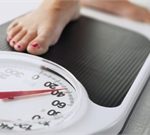
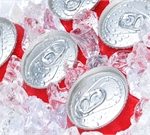
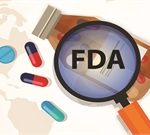
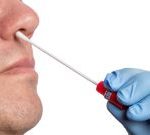
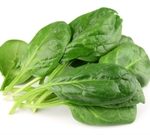












-300x200.jpg)







-300x169.jpg)
